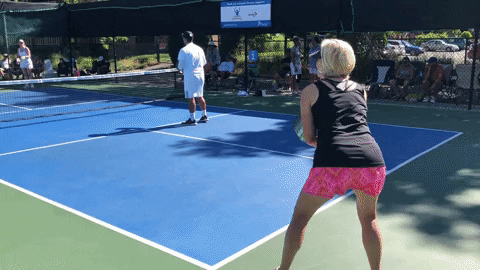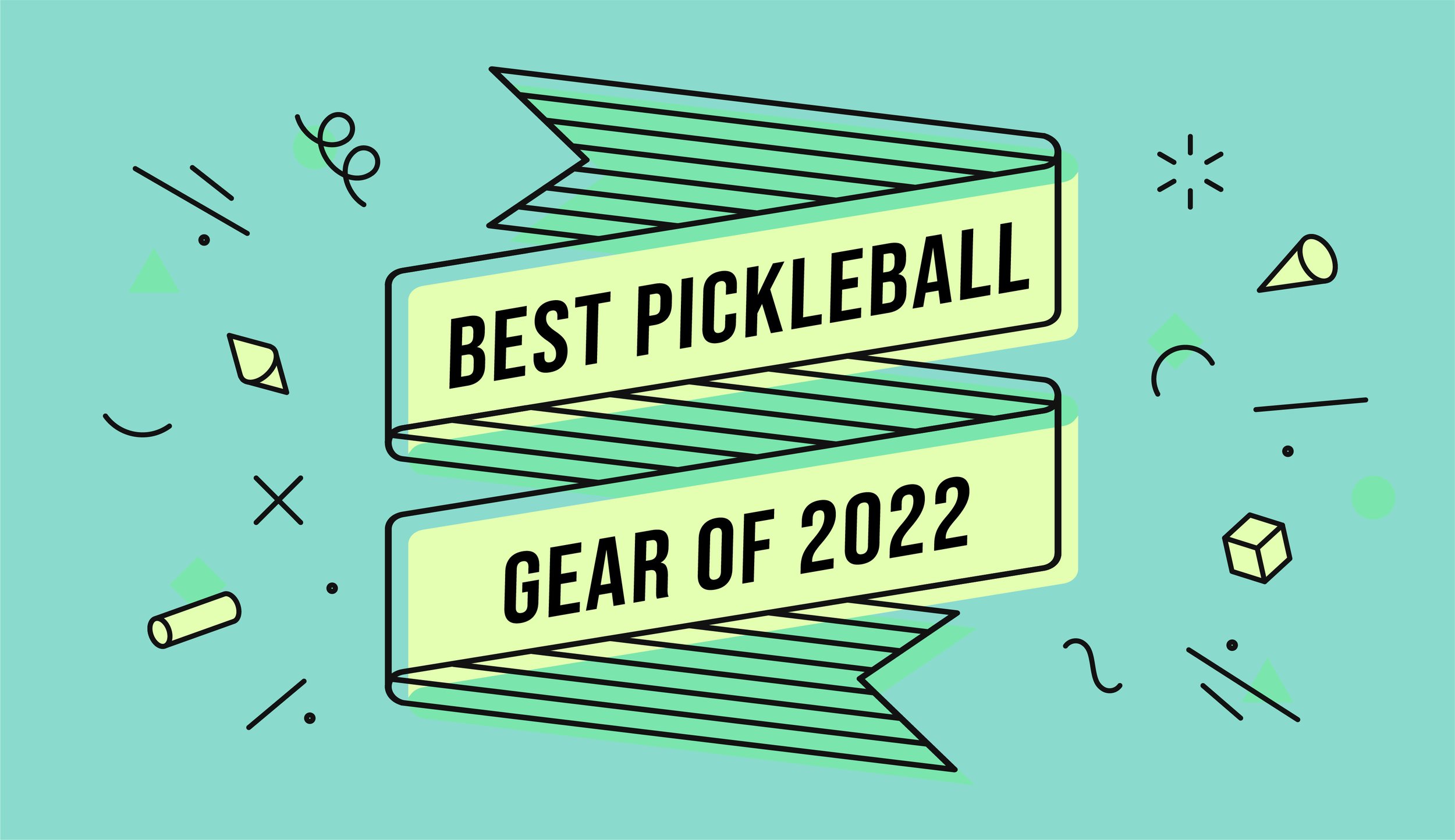Need to Know: 5 Trends of Modern Pickleball
Editor’s Note: We are so excited to announce a new series of pickleball articles from our new pal, Mark Renneson. He’s a real pickleballer’s pickleballer, and we’ve been tracking his journey for years. He coaches pickleball coaches, runs Third Shot Sports, and commentates games and provides content on Selkirk TV. Amongst other pickleball endeavors. Stay tuned for more “Guest Lectures” from our “Adjunct Professor” Mark Renneson.
Pickleball has come a long way since Bainbridge Island in 1965 – and it’s not only the paddles, balls and fashions that have changed. We are in the midst of a revolution in the sport, where the tactics of today are very different from what we saw just a few years ago, let alone back in the 60s! Let’s look at some of the current trends in advanced pickleball.
Faster, Faster, Faster.
For those out of the loop, pickleball gets a rap for being a little on the slow side. But the truth is, when we watch advanced pickleball today everything is happening so much faster than it used to. I’m talking about serves that you’ll need to be well behind the baseline to return, drives that test your reflexes and volleys and smashes that you’ll miss seeing (let alone hitting) if you blink. Even traditionally slower shots like drops and dinks are now being hit with pace.
So why are players hitting so much harder? It’s quite simple, really: the faster you hit a shot the less time your opponents have to react. And the less time they have to react, the more likely they make a technical or tactical mistake. Hitting faster is a way to apply pressure by stealing time – and it's something that strong players look to do whenever possible.
I should mention here that paddle technology has a hand in accelerating things. The more ‘pop’ you can get from a paddle, the harder you can hit the ball. This doesn't, of course, mean every ball has to be fast. There is still lots of room for the softer side of the game, especially when receiving low balls that have to be hit upward to get over the net; take a big rip at those and they’re likely to sail long. But when we look at the game as a whole, pickleball is getting faster.
More Spin.
Paddle manufacturers are always hyping how great their paddles are for producing spin. Why is this? Being able to add significant spin to the ball provides options for a player that are not available without it. Spin creates possibilities. Let me explain.
Topspin occurs when a player’s paddle moves from low-to-high up the back of the ball. Compared to a flat (i.e. non-spinning) shot, a ball hit with topspin will travel a shorter distance since the spin makes the ball dive down into the court. While this can be used on softer shots like drops we’d like to dip at our opponent’s feet, topspin is most valuable when looking to hit hard (see comments above about the game getting faster).
If I can create a lot of topspin, I’m able to hit hard and still keep the ball in play. My ball that would otherwise fly long may just drop soon enough to fall inside the baseline. I can also hit a little higher over the net so I have more margin for error even when I’m taking a big swing – on a driving serve, for example. Fast balls typically have to be hit tight to the net or else they reach the back fence – the dropping power of topspin, however, can allow players to hit higher over the net and still keep the ball in play.
Backspin and sidespin are also valuable and are created by swinging down the back of the ball or horizontally across it. Being able to make the ball skid after landing (backspin), or being able to make it kick to the left or right (sidespin) can create all sorts of problems for an opponent trying to hit a precise shot. Watch advanced players hit returns of serve, for example, and you’ll regularly see them slicing and dicing. This isn’t so much to win the point, but to make it harder for their opponent to make a great response. In this respect, spin can have a real offensive impact.
More Movement.
One of the biggest trends in pickleball is the amount of movement we see from players. I’m not talking about how agile they are around the court – although as the game advances, we’re also seeing more athleticism coming into play – but in the frequency and variety of ‘unorthodox’ movement patterns. Let’s look at some examples.
The drive-poach combination – sometimes referred to as a shake and bake – is now used frequently by teams looking to use power and poaching as an offensive tactic. One player smacks the third shot from the backcourt while the other player approaches the net and crosses just before the opponent plays a volley to what is presumably (but not really) the open court. The drive-poach combination is like the one-two punch a boxer might employ.
Other useful movement patterns include stacking and switching; the former being a more predictable way to ensure players are playing from their preferred sides, the latter offering a degree of uncertainty since the opponents can’t be certain which player will end up on the right side of the court and which on the left. Advanced players realize that just because you start a point on one side of the court, there is no need to remain there. Switching things up is a way of keeping your opponents off balance.
Ernes and Berts are my favourite movement patterns to think about and their usefulness is exploding! An erne (named after Erne Perry, the originator of the shot) occurs when you stand outside of your sideline very close to the net, reaching into the airspace above the NVZ to intercept the ball that otherwise might force a more defensive reply. You can also erne by jumping over the kitchen to volley the ball and then landing outside of the sideline to avoid a kitchen violation.
And we are starting to see more frequent examples of this maneuver taking place when one player jumps in front of their partner to execute this play. When this happens, it is known as a BERT (Erne and Bert, get it?). Both of these high-flying moves are examples of creative athleticism in pickleball intended to produce an advantage.
Offence First.
I think the biggest trend I see – which in some ways encapsulates the other trends listed above – is that advanced players are playing with an “offence first” mindset. That is, they are stepping on the court and their default intention is to create trouble for their opponents right off the hop. Whether this is through power, spin, deception or movement, players are looking to apply pressure immediately. Gone are the days when the first two shots are kind of meaningless, mere formalities that lead to the third shot and the ‘real’ game. Players are looking to press their opponents as soon as they can and to keep stepping on the gas until they can’t.
Of course there is still a role for neutralizing shots (like dinks and drops, for example) intended to avoid trouble rather than create it, but even these shots are now taking a more offensive form involving more speed and spin. A conversation I had with Simone Jardim (a friend and one of the all-time great players) is a nice way to illustrate this point. I asked her about the biggest difference she saw in pickleball now as opposed to a few years ago. Her response was: “Unattackable balls are no longer a thing. Now, every ball is attackable”. It is this kind of mindset – that every ball is attackable – that is permeating high-level pickleball today.










